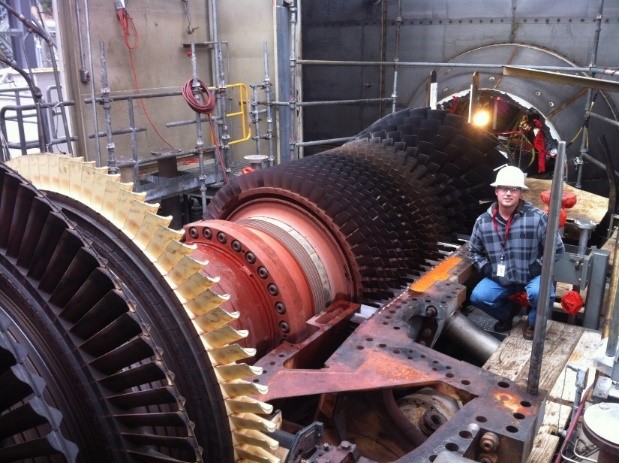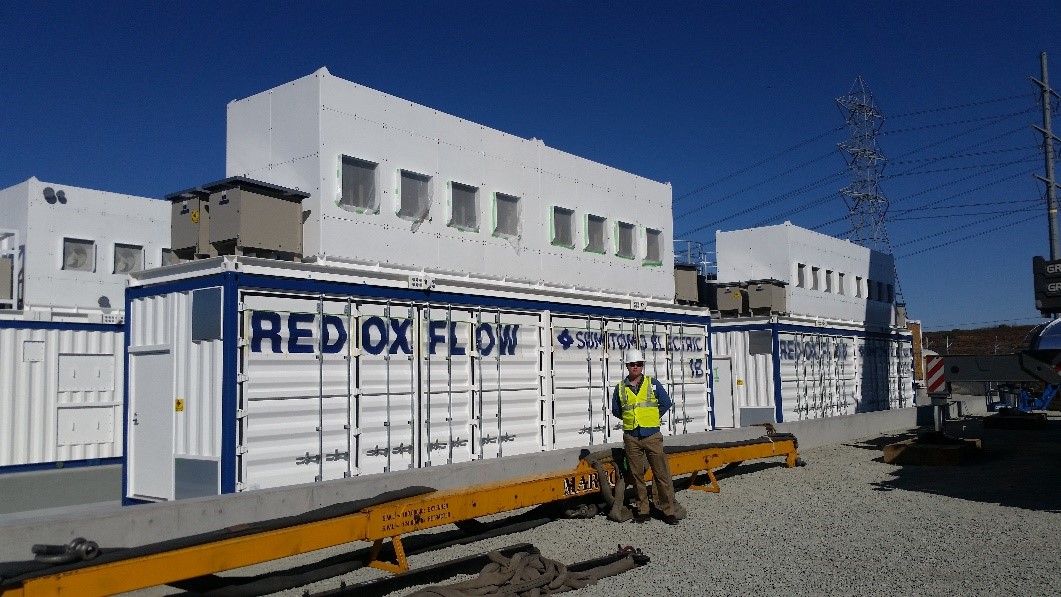Growing up in San Diego, Steven Prsha was surrounded by family members who worked in the energy industry. His grandfather was a construction foreman for the San Onofre Generation Station. His father was an electrician who owned several electrical companies.
“Throughout life, electricity is always something I come back to,” said Prsha, who oversees energy storage projects at SDG&E and is a Team Lead for Growth and Technology Integration.
“Some of my earliest memories are around visiting construction sites. My dad was an electrician and I can remember a few times going with him to work on the weekends with my brother and sister, and we sat in the truck while he ran to various job sites. At the age of 15, I started wiring houses when I was off on summer break, and my knowledge and fascination grew from there.”
For his dedication in helping to deliver clean and reliable energy to our customers through the integration of innovative energy storage projects, Steven was recently recognized at our company’s annual Engineering Excellence Awards banquet. He was instrumental in our development of a flow battery – the first of its kind – to be integrated into the California Independent System Operator (CAISO) market.
What is a Flow Battery?
SDG&E’s flow battery is based at the San Miguel Substation in South San Diego County. This type of battery is nonflammable. It stores energy in a liquid anode and cathode as opposed to metallic plates, which are found in just about every other type of battery technology. This unique characteristic gives the flow battery a potentially much longer useful life than other types of batteries available today.
The flow battery requires no moving parts to convert energy other than pumps, which are used to move fluid through the cell stacks to charge or discharge the battery.
The reason why batteries are so important to achieving our regional clean energy goals is because they can absorb energy from renewable resources, such as solar and wind, when it’s abundant and discharge that clean power to meet rising demand, when the sun isn’t shining or the wind isn’t blowing.

Rapidly Scaling up Energy Storage
Steven, who has been with SDG&E five and half years, oversees the operation and maintenance of about two dozen energy storage sites. During his tenure here, the total power output from these assets has increased from 140 MWh to 1,800 MWh per year.
What does that mean?
140 MWh could power around 100,000 homes for one hour, whereas 1,800MWh could power almost all 1.4 million residential customers for any one-hour period on an average day.
Steven’s team also oversees and uses the Integrated Testing Facility (ITF) – a testing laboratory – to build circuit models that simulate how various devices such as solar inverters, batteries, electric vehicles and distribution switches would function and interact with the grid. This gives his team the ability to evaluate the impact of technologies before they are put to use in the field.
His Path to Electrical Engineering
Steven had followed in his dad’s footsteps and was an electrician for many years. A San Diego graduate, he majored in electrical engineering with a focus on power systems. While at SDSU, he attended an information session about SDG&E that resulted in an internship with our company. The internship then led to a full-time job at the company.


